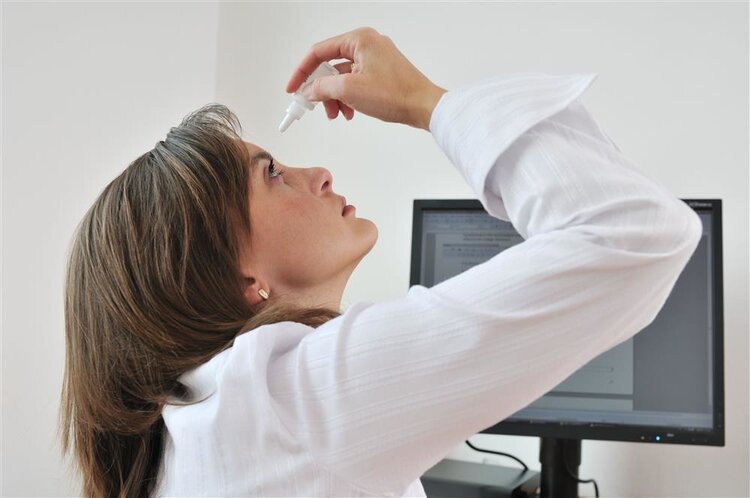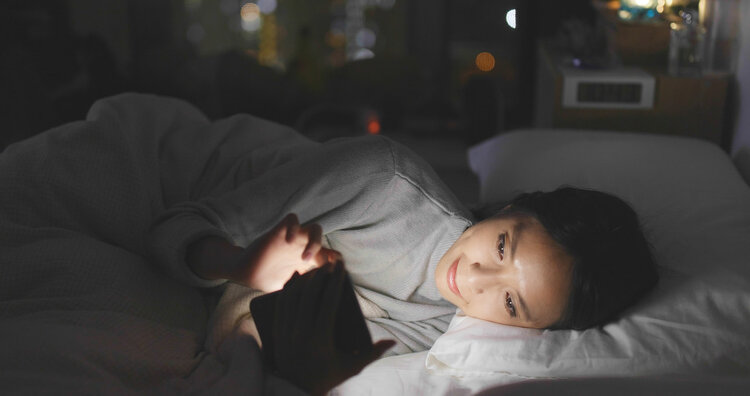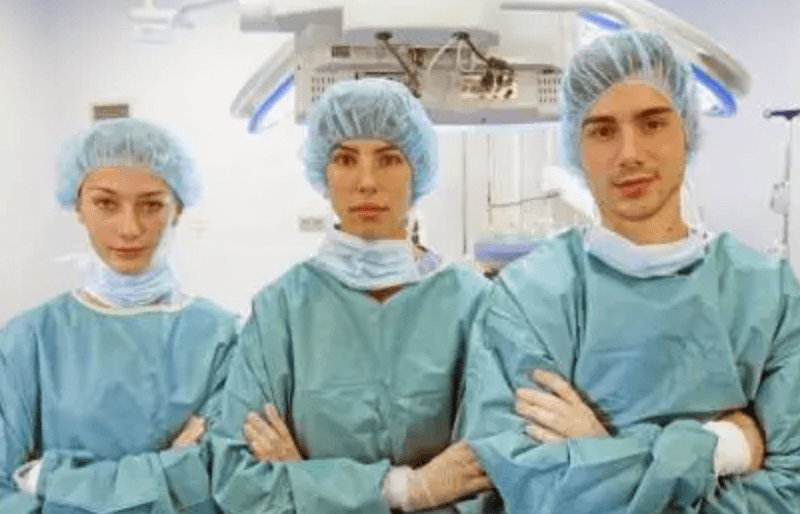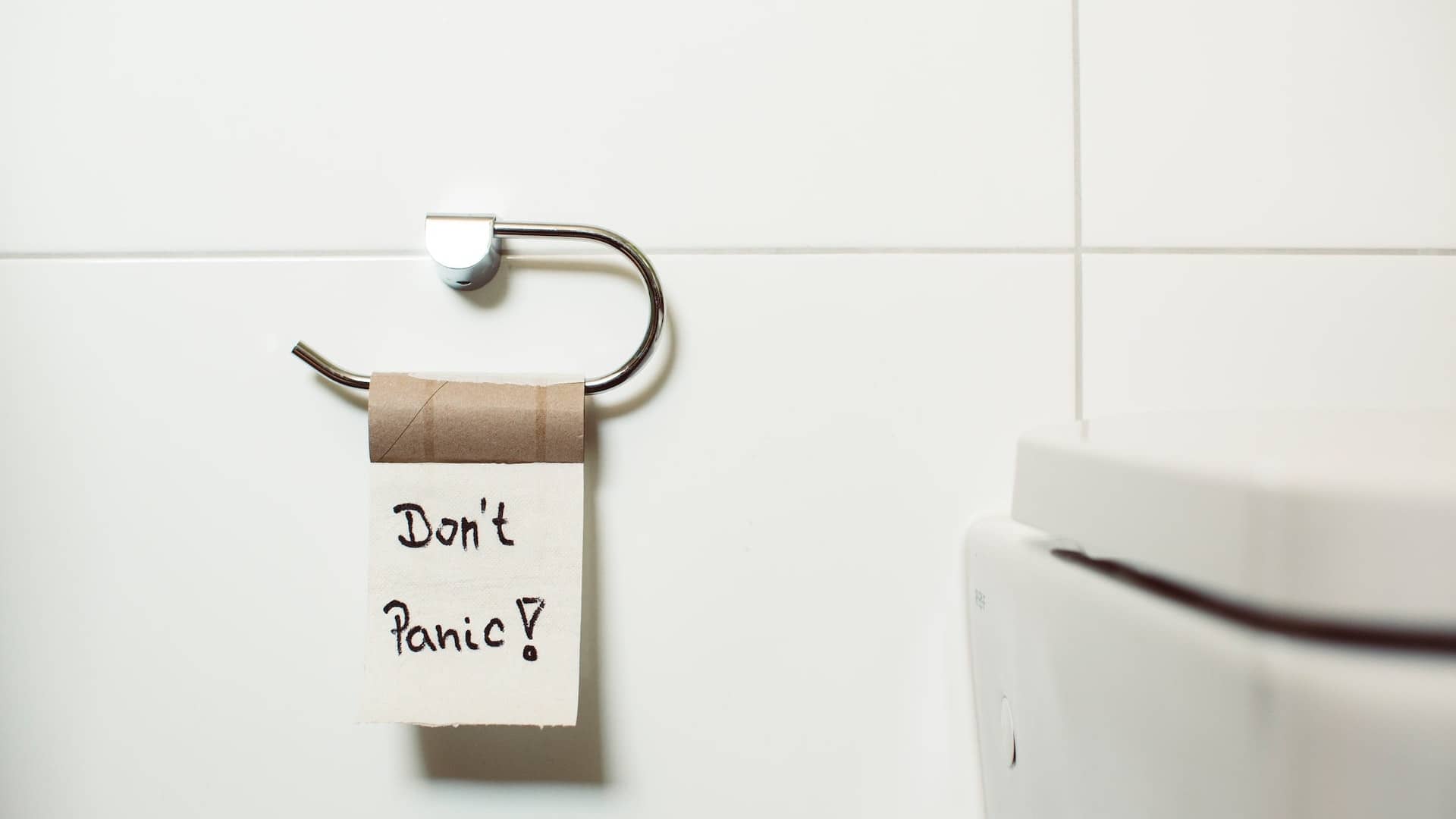What is "retinal detachment" all about?
The retina is a very important part of the structure of the eye. The human eye can be divided into three layers: the outermost layer is the sclera, which maintains the shape of the eye, the middle layer is the uvea, which provides nutrients to the retina, and the innermost layer is the retina.
The retina is a very delicate structure made up of countless nerve fibres and light-sensitive cells, and is a membrane-like structure that allows us to see the outside world. If the neuroepithelial cells in the retina degenerate or develop a fissure, this can cause the pigment epithelium and neuroepithelium to fall off, resulting in retinal detachment.
Once the retina is detached, vision function is reduced and seeing becomes blurred, discoloured and distorted. The main causes of retinal detachment are pore-derived retinal detachment and exudative retinal detachment.
Pore-derived retinal detachment
It is mainly caused by a rupture in the retina. When a rupture in the retina occurs, it causes fluid in the eye to enter through the hole, thus leading to pore-derived retinal detachment. And there are two main causes of a ruptured hole:
One is that the retina is pulled by the viscous vitreous and tugged through, for example, if the eye is traumatised this can lead to violent shaking of the vitreous and in the process it can easily pull the retina through, which is more likely to occur during intense sports such as basketball, bungee jumping, diving, boxing and football;
Secondly, the retina itself has weaknesses, such as people with genetic factors or high myopia, and the retina is prone to thinning areas, which if not detected in time may develop a ruptured hole, leading to retinal detachment.

Exudative retinal detachment
This means that an abnormality has occurred in the retina itself or in the surrounding structures, causing fluid to leak from the blood vessels and collect between the wall of the eye and the retina. Common causes include surgical injury, tumours, ocular inflammation, hypoalbuminemia and hypertension.
People at high risk of retinal detachment are those with moderate to high myopia, the elderly and those who have undergone cataract surgery. Other diseases such as hypertension, diabetes and hyperlipidaemia also predispose the eye to retinal degeneration and retinal detachment.
What are the signs from the eye before retinal detachment?
The retina is an important part of the eye and when it is detached, the eye will show abnormal symptoms.
Flying mosquitoes
When a retinal degeneration creates a hole in the retina, the constricted cells inside will enter the vitreous humor, resulting in a dark, fluttering phenomenon in front of the eyes, which feels like a large number of mosquitoes flying around in front of the eyes.
Flashing sensation
This is due to the fact that when the vitreous detachment occurs, the retina is affected by the pulling of the retina and the adhesion of the vitreous.
Visual Field Defects
The retinal detachment affects the light-sensitive function and although the eye is not painful, it may show symptoms of visual field defects or being blocked by dark shadows, which can be felt to gradually expand like a curtain from a certain direction.
Visual impairment
The first symptom of many patients with retinal detachment is loss of vision, seeing things in a blurred manner and also experiencing distorted and discoloured vision.

How can retinal detachment be prevented?
Retinal detachment can be prevented by actively treating hypertension, diabetes and hyperlipidaemia in patients with underlying medical conditions; and by reducing strenuous exercise such as high jumping, bungee jumping, boxing, basketball and scuba diving in people with moderate to high myopia;
In ordinary life, it is important to prevent trauma to the eyes; to have regular fundus examinations to detect fundus lesions and eye diseases early, and to treat retinal detachment as soon as there are signs of it.
It is also important to prevent retinal detachment by taking good care of your eyes, try the following 6 methods to protect your eyes:
Get enough sleep: Don't play with electronic devices before going to bed and get enough sleep. Insomnia and staying up late can cause damage to the skin of the eyes and make the eyes feel tired, while enough sleep can improve many eye problems.

Moderate eye use: Don't use your eyes continuously for long periods of time. Take a ten-minute break every hour, preferably with your eyes closed or in the distance, which can help relax the visual nerves.
Pay attention to sun protection: The skin of the eyes is very delicate and it is important to protect them from the sun before going out, such as sunglasses and umbrellas, to help protect the eyes and eye skin.
Wear less eye make-up: It is best not to wear eye make-up as the skin under the eyes is delicate and cosmetics containing chemicals such as foundation and eye shadow can easily penetrate the skin and affect the health of the eyes.

Don't smoke: Smoking can be harmful to eye health, causing dry eyes and deteriorating the skin around the eyes.
Good emotions: The glow in the eyes comes from within, and if they are affected by bad emotions for a long time, it will be reflected in the eyes first, so keeping good emotions will also make the eyes more beautiful and healthy.
Retinal detachment can seriously affect the health of the eyes. It is important to pay attention to the use of the eyes and eye care in general to prevent retinal detachment from occurring.






